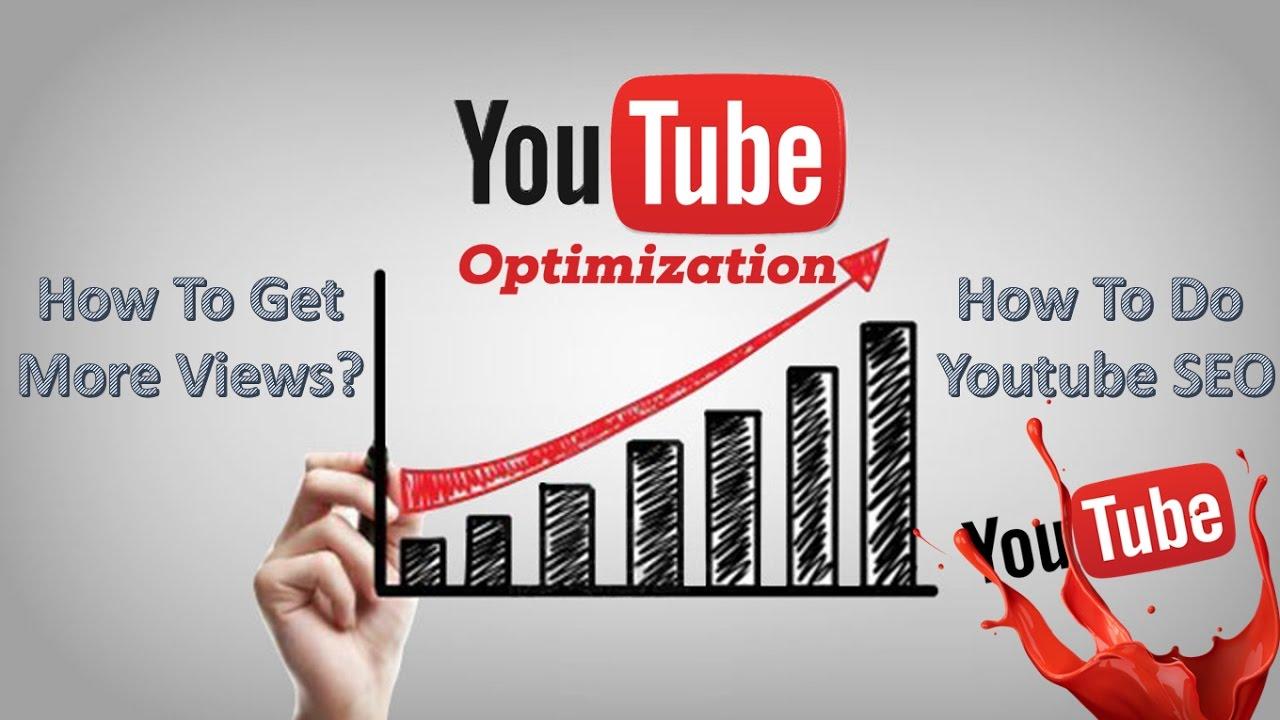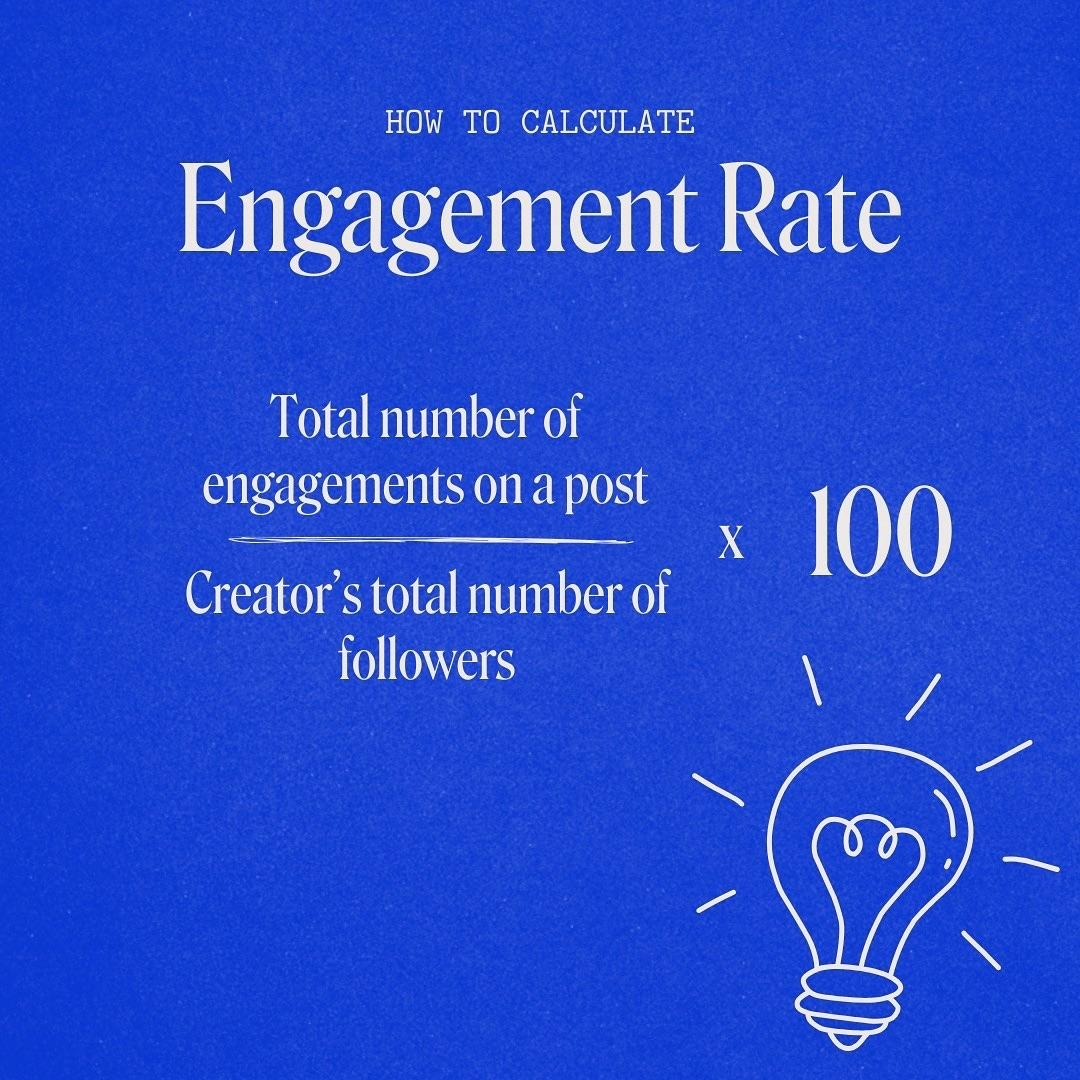
Introduction
Hey there, aspiring podcaster! Have you ever found yourself daydreaming about sharing your thoughts, stories, or expertise with the world? If so, you’re in luck—starting a podcast in current_year is easier than you might think, and it’s a fantastic way to connect with others who share your passions. Whether you’re looking to entertain, educate, or inspire, podcasting offers a platform where your voice can truly shine.
But let’s be real—diving into the world of podcasting can feel overwhelming at first. With so much information out there, it’s hard to know where to begin. That’s why we’ve crafted this 9-step beginner’s guide, designed to take you from brainstorming your first episode to hitting that coveted “publish” button. So grab your headphones and get comfortable; we’re about to embark on an exciting journey that could turn your podcasting dreams into reality. Ready? Let’s get started!
Choosing Your Podcast Topic That Resonates with Your Audience
Finding the right topic for your podcast is crucial, as it serves as the foundation for everything you’ll do going forward. Start by reflecting on your personal interests and expertise. What subjects make you excited to talk about? What are you passionate about? Remember, if you’re not genuinely interested in your topic, it’s unlikely your audience will be either.
Next, consider your target audience. Who are they, and what are their interests? Conducting some basic research can provide insights into what potential listeners are searching for. Use tools like Google Trends, social media polls, or audience analytics to gather data on topics that resonate with your desired demographic.
- Identify Trends: Look for current trends in podcasting and related fields. This can help you tap into topics that are gaining traction.
- Leverage Your Expertise: Think about what you know better than anyone else. Your unique perspective can set your podcast apart.
- Address Pain Points: What problems do people face that you can help solve? Focusing on these issues can create a loyal listener base.
Another effective strategy is to explore niche markets. Instead of aiming for a broad audience, hone in on a specific group of listeners. This not only helps in building a dedicated fanbase but also reduces competition. For example, instead of a general health podcast, consider focusing on mental wellness for busy professionals.
Don’t forget to analyze your competitors. Look at successful podcasts in your chosen genre. What topics do they cover, and how can you differentiate your podcast? It’s all about finding that sweet spot where your unique voice meets your audience’s interests.
Once you’ve narrowed down potential topics, test them out. Share your ideas with friends, family, or potential listeners and gather feedback. What excites them? What would they be interested in learning more about? This feedback is invaluable for refining your concept.
| Topic Idea | Target Audience | Unique Angle |
|---|---|---|
| Healthy Cooking for Families | Parents | Quick recipes for busy weeknights |
| Mindfulness Practices | Professionals | Simple techniques for stress relief |
| Local Travel Adventures | Weekend Warriors | Hidden gems within a 2-hour drive |
Lastly, consider the potential for growth. Choose a topic that allows for expansion and exploration, ensuring you have enough material to create multiple episodes. This will keep your podcast fresh and engaging over time, encouraging listeners to return for more.
Finding Your Unique Voice and Style in the Podcasting World
In the vast and vibrant world of podcasting, your individuality is your secret weapon. With millions of podcasts available, carving out a niche for yourself requires both introspection and creativity. Here’s how to discover your unique voice and style that will resonate with your audience.
Start by reflecting on your passions. What topics light you up? What experiences do you have that others might find valuable? Here are a few prompts to guide your exploration:
- What hobbies do you enjoy?
- What are your professional skills?
- What life experiences have shaped you?
- What causes are you passionate about?
Once you’ve narrowed down your interests, think about your personal storytelling style. Are you humorous, serious, or somewhere in between? Your unique tone can set you apart. Consider how you want to engage your listeners:
- Do you want to educate, entertain, or inspire?
- How informal or formal do you want to sound?
- What kind of language resonates with you and feels authentic?
Another crucial aspect is actively listening to other podcasts. Identify shows that you love and analyze what makes them tick. Pay attention to:
| Podcast Title | Style Elements |
|---|---|
| The Joe Rogan Experience | Long-form, conversational, diverse guests |
| How I Built This | Inspirational, narrative-driven, interviews |
| My Favorite Murder | Humorous, candid, storytelling |
As you analyze, ask yourself: What do you like or dislike about each show? How can you take inspiration from their style without replicating it? Finding your own voice often means blending ideas and styles until something magical emerges.
embrace feedback and iteration. Record a few episodes and share them with friends or select listeners. Encourage them to provide honest feedback. This is a valuable step in understanding how your voice and style are perceived. Use their insights to refine your approach until you feel confident in your unique vocal identity.
Remember, developing your voice is an ongoing journey. The podcasting landscape is always evolving, and your style will too. Stay authentic, remain open to change, and most importantly, have fun expressing yourself in this dynamic medium!
Deciding Between Solo or Co-hosted Formats for Your Show
When you’re ready to embark on your podcasting journey, one of the first decisions you’ll face is whether to go solo or to share the mic with a co-host. Both formats have distinct advantages and challenges, and the choice ultimately hinges on your personal style, content goals, and target audience.
Going solo can be incredibly empowering. It allows you to express your thoughts and ideas freely without the need to accommodate another person’s schedule or opinions. Here are a few benefits of opting for a solo format:
- Creative Control: You call the shots on content, pacing, and style.
- Flexibility: Record when it suits you, without needing to coordinate with a co-host.
- Personal Connection: Build a direct relationship with your audience, allowing them to get to know you intimately.
However, going solo also comes with its challenges. It can be a bit daunting to maintain energy and engagement for an entire episode by yourself. This is where a co-host can be invaluable. Here’s why you might want to consider a co-hosted format:
- Dynamic Conversations: Spark lively discussions that can engage listeners and bring diverse perspectives.
- Shared Workload: Divide tasks such as research, editing, and promotion, making the process smoother and faster.
- Audience Appeal: Different voices can attract a wider range of listeners, potentially increasing your audience.
To help you weigh your options, consider the following aspects:
| Aspect | Solo Format | Co-Hosted Format |
|---|---|---|
| Ease of Planning | High | Moderate |
| Content Variety | Limited | High |
| Listener Engagement | Personal | Interactive |
| Time Commitment | Flexible | Shared |
Ultimately, your decision should align with your goals and comfort level. If you’re passionate about a particular topic and can engage your audience with your insights, a solo format may be just the ticket. On the other hand, if you’re looking to create a rich tapestry of ideas and discussions, teaming up with a co-host can infuse energy and variety into your show.
Remember, there’s no right or wrong choice—only what works best for you and the message you want to convey. If you’re still uncertain, consider starting solo, and then inviting guests or a co-host down the line to enrich your content. The beauty of podcasting lies in its flexibility, so don’t hesitate to experiment and find what resonates with you and your audience!

Essential Equipment You Need to Get Started
Starting a podcast may seem daunting at first, but having the right equipment can make all the difference. Investing in quality gear not only enhances your audio quality but also boosts your confidence as you dive into the world of podcasting. Here’s what you need to get up and running:
- Microphone: Your voice is the centerpiece of your podcast, so a good microphone is essential. Consider options like USB microphones for beginners or XLR microphones for more advanced setups.
- Headphones: A sturdy pair of closed-back headphones will allow you to monitor your audio in real-time, ensuring you catch any issues before they become permanent.
- Audio Interface: If you opt for an XLR microphone, you’ll need an audio interface to convert the analog signal into a digital format your computer can understand.
- Recording Software: Choose user-friendly software that suits your needs. Programs like Audacity (free) or Adobe Audition (paid) are great for recording and editing your episodes.
- Pop Filter: This simple tool helps eliminate plosive sounds (like “p” and “b”) from your recordings, resulting in a cleaner audio track.
- Soundproofing: Consider investing in some soundproofing materials or using blankets and pillows to minimize background noise in your recording space.
While the equipment listed above is fundamental, think also about the peripherals that can enhance your workflow:
- Shock Mount: This helps reduce vibrations and handling noise, ensuring your audio remains crystal clear.
- Microphone Stand: A sturdy stand will keep your mic stable and at the right height, allowing you to focus on your content rather than adjusting your equipment.
- Backup Storage: Ensure you have an external hard drive or cloud storage for your recordings. You don’t want to lose valuable content due to a technical glitch!
Here’s a simple comparison table to help you choose the right microphone:
| Microphone Type | Connectivity | Price Range | Best For |
|---|---|---|---|
| USB Microphone | USB | Low ($50-$150) | Beginners |
| XLR Microphone | XLR | Medium ($100-$400) | Intermediate/Professional |
| Dynamic Microphone | XLR | Medium ($100-$300) | Live Settings |
| Condenser Microphone | XLR | Medium to High ($150-$500) | Studio Recording |
Ultimately, the key is to start with the basics that fit your budget and needs. As you grow and refine your podcasting skills, you can always upgrade your equipment. Remember, while having quality gear is important, the most crucial element is your content and passion. So, gear up and get ready to share your voice with the world!

Software and Tools for Recording and Editing Like a Pro
To take your podcasting game to the next level, investing in the right software and tools for recording and editing is crucial. There are numerous options available that cater to different skill levels and budgets. Here’s a breakdown of some of the best tools that will help you produce high-quality audio like a pro.
Digital Audio Workstations (DAWs) are essential for editing your podcast. Here are a few top choices:
- Audacity – A free, open-source tool that offers robust editing capabilities. Ideal for beginners, it provides a straightforward interface and a wealth of tutorials online.
- Adobe Audition – A professional-grade software that comes with a monthly subscription. It includes advanced features like noise reduction and multi-track editing, making it perfect for those looking to polish their sound.
- GarageBand – If you’re a Mac user, GarageBand is an excellent option. It’s user-friendly and offers a range of features that help you mix and edit your audio seamlessly.
Recording Software is equally important. Here are some tools that can enhance your recording quality:
- Zoom H5 – A portable audio recorder that captures high-quality sound. It’s particularly useful for on-the-go interviews or field recordings.
- SquadCast - A browser-based platform designed for remote recordings. It provides high-quality audio files and is perfect for interviewing guests from different locations.
- Zencastr – Another great remote recording tool that allows users to record high-quality audio directly in their browsers, making it easy to collaborate with guests.
To enhance your podcast’s quality further, consider investing in audio plugins. These can help with mastering and improving sound quality:
- iZotope Ozone - A comprehensive mastering suite that helps give your podcast a polished finish. With various presets, it can be a great tool for both novices and seasoned professionals.
- Waves Plugins – Offering a variety of effects and mastering tools, Waves plugins are a favorite among audio engineers for tweaking sound to perfection.
Good microphones and audio interfaces form the backbone of your recording setup. Here’s a quick comparison to help you choose:
| Microphone | Type | Price Range |
|---|---|---|
| Audio-Technica AT2020 | Condenser | Affordable |
| Shure SM7B | Dynamic | Premium |
| Rode NT1-A | Condenser | Mid-range |
don’t overlook the importance of a good headphone setup for monitoring your recordings. A pair of closed-back headphones will help you catch any audio issues during recording and editing.
choosing the right software and tools can significantly enhance your podcast production quality. From DAWs and recording software to microphones and audio interfaces, each component plays a vital role in creating a professional-sounding podcast. By investing time and resources into these tools, you’ll be well on your way to producing content that resonates with your audience.
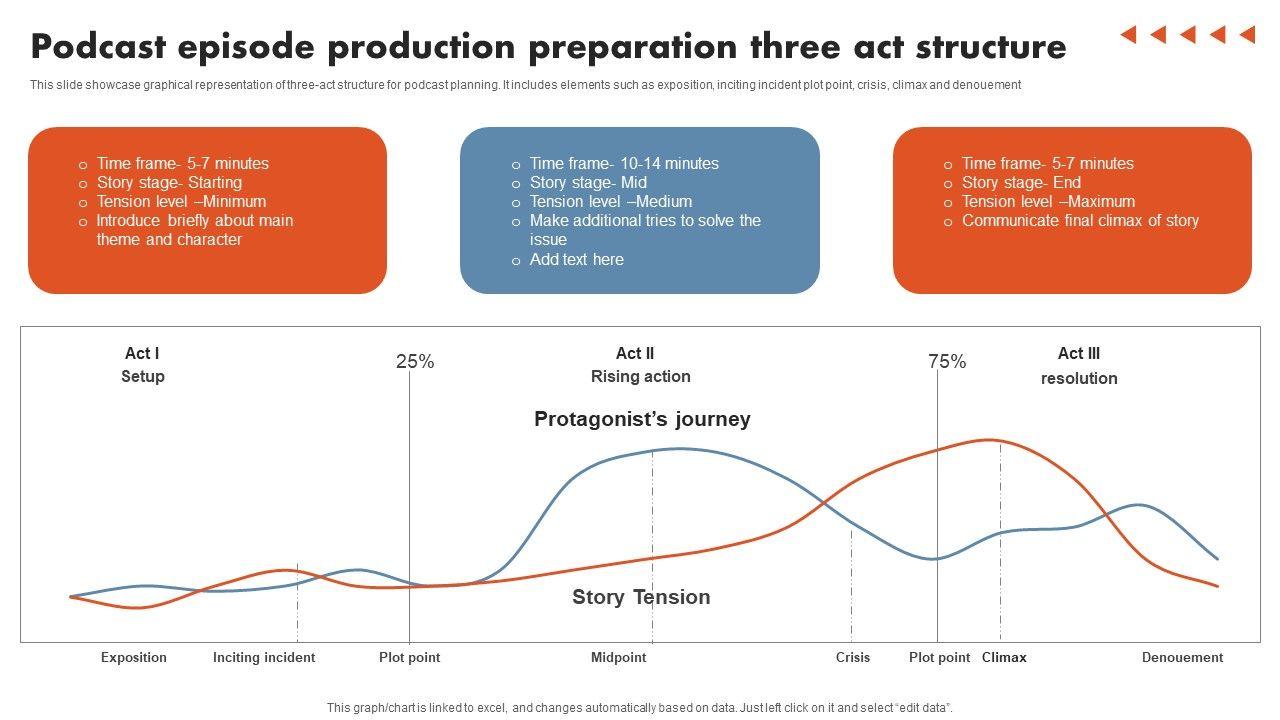
Crafting Your Podcast Episode Structure for Maximum Engagement
Creating a captivating podcast episode structure is essential for keeping your audience engaged from start to finish. The way you arrange your content can transform a simple conversation into a gripping experience that listeners will eagerly anticipate each week.
Start Strong with a Hook: Capture attention right off the bat. This could be an intriguing question, a surprising fact, or a brief story related to your episode’s theme. A well-crafted opening sets the stage and encourages listeners to stick around.
Segment Your Content: Break your episode into clear segments. This not only helps in organizing your thoughts but also provides listeners with an easy-to-follow structure. A typical episode might include:
- Introduction: Briefly introduce the topic and guests.
- Main Discussion: Dive deep into the subject matter.
- Listener Questions: Engage with your audience by addressing their queries.
- Conclusion: Summarize key points and tease the next episode.
Incorporate Sound Design: Don’t underestimate the power of sound effects and music. Use them to signal transitions between segments or to highlight key moments. This adds an extra layer of professionalism and keeps the energy flowing throughout your episode.
Engagement through Storytelling: People love stories. Weave relevant anecdotes into your discussions to make complex ideas more relatable. Personal stories create a connection with your audience and keep them invested in what you have to say.
Call to Action: As you wrap up, encourage your listeners to engage further—whether it’s subscribing to your podcast, leaving a review, or following you on social media. This can foster a sense of community and encourage ongoing interaction.
| Element | Purpose |
|---|---|
| Hook | Grab attention immediately |
| Segments | Organize content for clarity |
| Sound Design | Enhance listening experience |
| Storytelling | Build connection and relatability |
| Call to Action | Encourage listener engagement |
By incorporating these elements into your podcast episode structure, you can create dynamic and engaging content that resonates with your audience. Remember, the goal is to keep listeners coming back for more, so make every episode count!

Tips for Creating Eye-Catching Cover Art and Descriptive Titles
Creating cover art and titles that grab attention is crucial in the crowded podcasting landscape. Your cover art is often the first impression potential listeners will have, so it’s important to make it count. Here are some tips to help you craft a compelling visual and textual identity for your podcast.
- Keep It Simple: A cluttered design can be overwhelming. Focus on a clean, minimalist layout that highlights the key elements of your podcast.
- Use Bold Colors: Bright, contrasting colors can make your cover art pop. Choose a palette that reflects the mood of your podcast while also standing out in search results.
- Incorporate Relevant Imagery: Use visuals that give a hint about your podcast’s content. Whether it’s a related icon or a striking image, ensure it resonates with your theme.
- Choose Readable Fonts: Typography plays a significant role in design. Opt for fonts that are clear and legible, even at smaller sizes. A good rule of thumb is to use no more than two different fonts.
A captivating title is just as vital as eye-catching cover art. It should entice potential listeners and give them a clear idea of what to expect. Here are some strategies for crafting memorable titles:
- Be Descriptive: A title that accurately conveys your podcast’s theme or subject matter helps set expectations. Use keywords that reflect your niche.
- Incorporate Humor or Emotion: Titles that evoke a feeling or a laugh can create curiosity. Don’t be afraid to inject some personality into your title!
- Keep It Short: Aim for brevity. A concise title is easier to remember and share. Ideally, keep it under 60 characters.
- Test Variations: Don’t hesitate to brainstorm multiple title options. Share them with friends or potential listeners to gauge their reactions.
| Tip | Description |
|---|---|
| Cover Art | Focus on clarity and emotional appeal. |
| Color Choices | Select vibrant colors that stand out. |
| Font Selection | Use readable and stylish fonts. |
| Title Length | Keep titles concise and impactful. |
By paying attention to both your cover art and title, you can create a powerful first impression that draws listeners to your podcast. Remember, these elements are not just for aesthetics—they’re your opportunity to connect with your audience before they’ve even hit play!

Mastering the Art of Podcast Promotion on Social Media
Promoting your podcast effectively on social media can significantly boost your listenership and engagement. To get started, leverage the unique features of each platform to tailor your message and connect with your audience. Here are some key strategies to consider:
- Create Eye-Catching Visuals: Use graphics and audiograms to create compelling visuals that capture attention. Tools like Canva or Adobe Spark can help you design professional-looking promotional materials.
- Utilize Hashtags: Research relevant hashtags that resonate with your target audience. Incorporate them into your posts to enhance discoverability and reach new listeners.
- Engage with Your Audience: Encourage interactions by asking questions, hosting polls, and responding to comments. This two-way communication fosters community and loyalty among your listeners.
- Collaborate with Influencers: Partner with social media influencers or other podcasters to tap into their audience. Cross-promotions can introduce your podcast to a broader listener base.
Additionally, consider creating a content calendar to keep your promotional efforts organized. Consistency is key; a well-planned schedule ensures that your audience remains engaged and informed about new episodes. Here’s a simple table you might find useful:
| Day | Content Type | Platform |
|---|---|---|
| Monday | Episode Teaser | Instagram, Twitter |
| Wednesday | Behind-the-Scenes | Facebook, TikTok |
| Friday | Listener Q&A | Instagram Stories |
| Sunday | New Episode Announcement | All Platforms |
Don’t forget to encourage your listeners to share your episodes! Consider creating shareable soundbites or quote cards that your audience can easily repost. This grassroots promotion can amplify your reach immensely. Always remind your followers to tag you so you can interact and show appreciation for their support.
track your promotional efforts to see what works best. Use analytics tools to monitor engagement metrics, such as likes, shares, and comments. By understanding which types of content resonate most with your audience, you can refine your strategy and maximize your podcast’s visibility on social media.
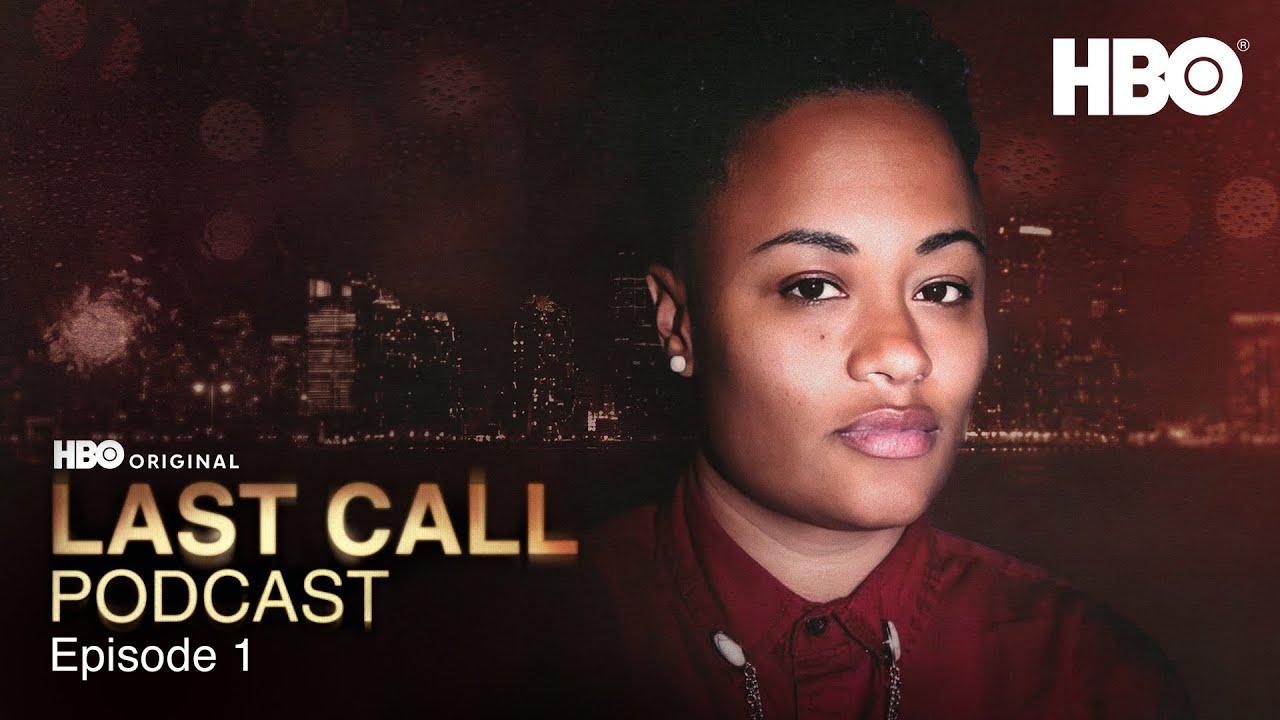
Publishing Your First Episode and What to Expect
Congratulations! You’ve recorded and edited your first podcast episode, and now it’s time to share it with the world. Publishing your first episode can be both thrilling and nerve-wracking. Here’s what you can expect as you take this exciting step in your podcasting journey.
First, choose a podcast hosting platform that fits your needs. There are many options available, each with its own features and pricing. Consider factors such as:
- Storage Space: Make sure you have enough space for your episodes.
- Analytics: Look for platforms that provide insights into your audience.
- Distribution: Ensure your host can distribute your podcast to major platforms like Spotify, Apple Podcasts, and Google Podcasts.
Once you’ve selected a host, it’s time to upload your episode. This process typically involves:
- Creating a compelling title that captures the essence of your episode.
- Writing a captivating description that draws in potential listeners.
- Adding relevant tags or categories to help your audience find your podcast.
After uploading, don’t forget to optimize your episode for search engines. This can be done by using keywords in your title and description, which will help your podcast appear in search results. Remember, the more discoverable your podcast is, the higher your chances of attracting new listeners.
Once published, promote your episode across various platforms. Here are some effective ways to spread the word:
- Social Media: Share teasers, quotes, or behind-the-scenes content on platforms like Instagram, Twitter, and Facebook.
- Email Newsletters: Reach out to your subscribers with a link to your episode and a brief summary of what they can expect.
- Podcasting Communities: Engage with fellow podcasters and enthusiasts in relevant forums and groups.
As you dive into the world of podcasting, be prepared for the feedback. Listener reviews can be a mix of praise and constructive criticism. Embrace this feedback; it’s a valuable tool for improving future episodes. Consider creating a listener survey to gather insights directly from your audience, helping you tailor your content to their preferences.
Lastly, be patient and persistent. Building an audience takes time, and success doesn’t happen overnight. Keep producing high-quality content, engage with your listeners, and watch your podcast grow. Celebrate the small victories along the way, and remember that every episode published is a step forward in your podcasting journey.
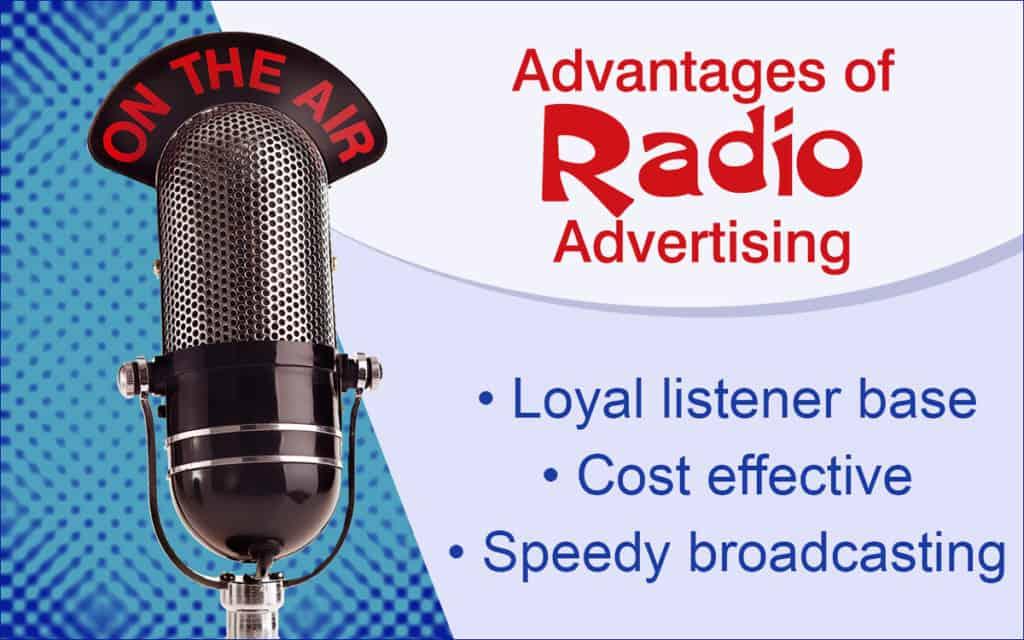
Building a Loyal Listener Base Through Consistent Engagement
Building a loyal listener base is essential for the success of your podcast. Consistent engagement is a key factor that fosters a strong relationship with your audience. Start by establishing a reliable release schedule; whether it’s weekly, bi-weekly, or monthly, make sure your listeners know when to expect new content. This predictability helps to build trust and anticipation.
Another effective way to engage your audience is by actively encouraging feedback. Create avenues for listeners to share their thoughts on episodes, whether through social media, email, or your podcast website. Consider incorporating listener feedback into your content; it not only makes your audience feel valued but can also inspire new topics or segments. Here are some suggestions:
- Ask open-ended questions at the end of each episode.
- Conduct polls on social media to gauge interest in future topics.
- Invite listeners to submit their own stories or experiences related to your podcast theme.
Engaging with your listeners on social media can also amplify your community. Share behind-the-scenes content, teaser clips, and engage in conversations. Responding to comments and messages promptly can turn casual listeners into devoted fans. Consider setting up dedicated social media accounts for your podcast to foster direct communication and build a community around your content.
Hosting live Q&A sessions or virtual meet-and-greets can further deepen the connection with your audience. These events allow listeners to interact with you in real-time, fostering a sense of belonging. You can use platforms like Zoom or Instagram Live to host these sessions. Remember to promote these events well in advance to maximize participation.
Creating a newsletter can be another effective tool for maintaining engagement. A regular newsletter can include episode highlights, upcoming topics, and exclusive content that keeps your audience informed and excited. This can also be a platform to share listener stories or testimonials, further enhancing community feeling.
Lastly, think about collaborating with other podcasters or influencers in your niche. This not only exposes your podcast to a wider audience but also reinforces your credibility. You might consider guest appearances on each other’s shows or co-hosting a special episode. This collaboration can introduce your podcast to potential loyal listeners who resonate with your message.
| Engagement Strategies | Benefits |
|---|---|
| Regular Release Schedule | Builds trust and anticipation |
| Listener Feedback | Encourages community involvement |
| Social Media Interaction | Fosters direct communication |
| Live Events | Creates real-time connections |
| Newsletter Updates | Keeps audience informed and engaged |
| Collaborations | Expands reach and credibility |

Monetization Strategies to Consider as Your Podcast Grows
Once your podcast gains traction, it’s time to think about turning your passion into profit. Here are some effective strategies to explore:
- Sponsorships: Partnering with brands can be an excellent way to generate income. As your audience grows, reach out to companies that align with your content and values. Consider offering different sponsorship tiers to suit various budgets.
- Listener Donations: Platforms like Patreon allow your fans to support you directly. Offer exclusive content or perks in return for their support, turning your audience into a community invested in your success.
- Affiliate Marketing: Promote products or services relevant to your audience and earn a commission for every sale made through your referral. Be authentic and only endorse items you genuinely believe will be valuable to your listeners.
- Merchandise: Create branded merchandise that reflects your podcast’s theme. T-shirts, mugs, or digital products can help build a sense of community while providing a revenue stream.
- Online Courses or Workshops: If you have expertise in a particular area, consider offering educational content through courses or workshops. This not only diversifies your income but also enhances your authority in your niche.
While implementing these strategies, remember that authenticity is key. Your audience will appreciate genuine recommendations and engagement. To help you visualize potential income streams, here’s a simple breakdown:
| Monetization Method | Potential Earnings | Level of Effort |
|---|---|---|
| Sponsorships | Varies (usually $20-$50 per 1,000 downloads) | High |
| Listener Donations | Varies (depends on your fanbase) | Medium |
| Affiliate Marketing | 10%-30% commission on sales | Medium |
| Merchandise | Varies (up to 50% profit margin) | High |
| Online Courses | $50-$500 per course | High |
Experiment with different monetization strategies to find the perfect fit for your podcast. It’s all about balance—maintaining your content’s integrity while also exploring ways to support your creative endeavors. Remember, the key to sustainable growth is building strong relationships with your audience and partners.
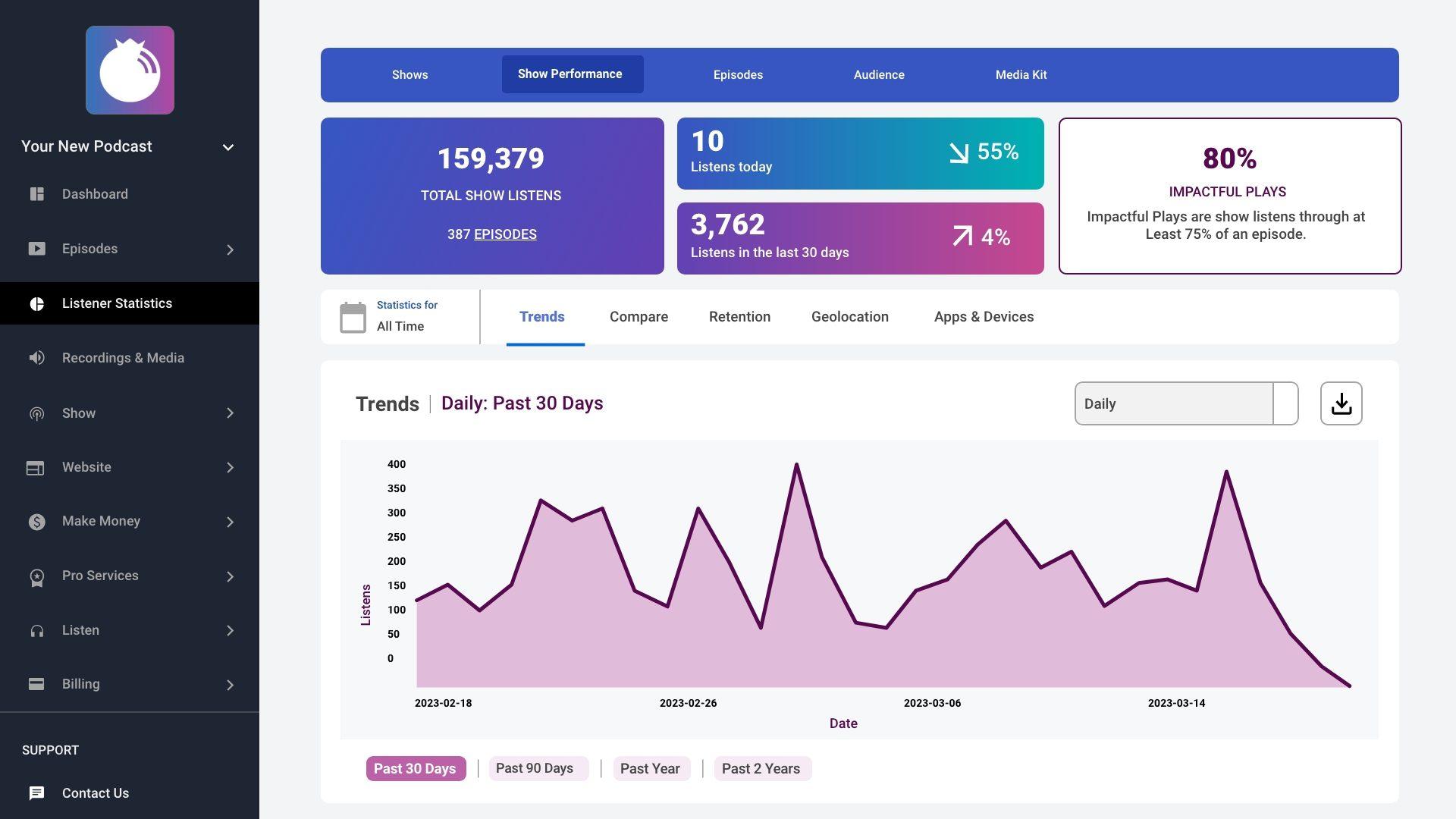
Tracking Your Podcast Performance and Making Improvements
To ensure your podcast is not just another voice lost in the sea of content, it’s essential to track its performance meticulously. This involves understanding various metrics that can give you insight into how your audience is engaging with your show. By leveraging these metrics, you can make informed decisions that enhance your podcast’s quality and broaden its reach.
Start by focusing on these key performance indicators (KPIs):
- Total Downloads: This gives you a snapshot of your show’s reach and popularity.
- Listener Retention Rate: Understanding how many listeners stick around until the end of each episode reveals the level of engagement.
- Episode Ratings and Reviews: Feedback on platforms like Apple Podcasts can highlight what resonates with your audience.
- Social Media Mentions: Tracking shares and comments can indicate how well your content is being received outside podcast platforms.
Utilizing analytics tools can simplify this tracking process. Many podcast hosting platforms provide built-in analytics to help you monitor these KPIs effortlessly. Here are some popular tools to consider:
| Tool | Key Features | Cost |
|---|---|---|
| Podtrac | Audience measurement, industry benchmarks | Free |
| Chartable | Cross-promotion tracking, audience insights | Starts at $20/month |
| Anchor | Built-in analytics, easy sharing | Free |
Once you have a clear picture of your podcast’s performance, it’s time to identify areas for improvement. Consider these strategies:
- Content Quality: Review listener feedback and adapt your content to better meet their needs and interests.
- Promotional Tactics: Experiment with different social media platforms or explore collaborations with other podcasters to gain new listeners.
- Consistency: Regularly schedule episodes to keep your audience engaged and eager for more.
- Engagement: Actively interact with your listeners through Q&A sessions or polls to foster a community around your podcast.
don’t forget to celebrate your wins, no matter how small! Recognizing progress can motivate you to push through challenges and keep striving for excellence. With the right tracking and improvement strategies, your podcast can grow from a small project into a thriving community of devoted listeners.

Keeping Your Content Fresh and Relevant for Continued Success
In the ever-evolving landscape of podcasting, keeping your content engaging and current is vital for attracting and retaining listeners. But how do you ensure your episodes resonate with your audience, especially as trends fluctuate? Here are some effective strategies to maintain freshness in your podcast:
- Stay Informed: Regularly consume industry news, listen to popular podcasts, and follow social media trends. This will help you identify hot topics your audience might be interested in.
- Solicit Feedback: Encourage listeners to share their thoughts on previous episodes and what they want to hear next. Engaging with your audience can provide you with invaluable insights.
- Collaborate with Guests: Featuring diverse voices not only enriches your content but also introduces your podcast to new audiences. Choose guests who can bring fresh perspectives or expertise relevant to your niche.
- Experiment with Formats: Consider varying your episode lengths, styles, or even the platforms you use for recording. Try out interviews, panel discussions, or narrative storytelling to keep things exciting.
Another effective method for ensuring your content remains relevant is to leverage seasonal themes. Align your episodes with upcoming holidays, events, or social movements. This can create timely content that resonates deeply with your audience. For instance, if you’re running a tech podcast, a discussion on the latest gadgets just before the holiday season could capture listener interest.
Moreover, creating a content calendar can help streamline your planning process. It ensures you’re consistently brainstorming and aligning your topics with upcoming trends or events. Here’s a simple table to illustrate how you can structure your content calendar:
| Month | Episode Topic | Guest/Collaboration | Promotion Strategy |
|---|---|---|---|
| January | New Year Tech Trends | Tech Influencer | Social Media Campaign |
| February | Valentine’s Day Gift Ideas | Gift Expert | Email Newsletter |
| March | Spring Cleaning for Your Digital Life | Organizer Coach | Blog Post |
don’t underestimate the power of revisiting past content. Updating older episodes with new information or perspectives can reinvigorate interest and reach new listeners. Additionally, consider creating compilation episodes that highlight the best moments or insights from previous shows.
By implementing these strategies, you can cultivate a loyal listener base that looks forward to your fresh, relevant content. A podcast that continuously adapts to the needs and interests of its audience is one that will thrive in the long run.
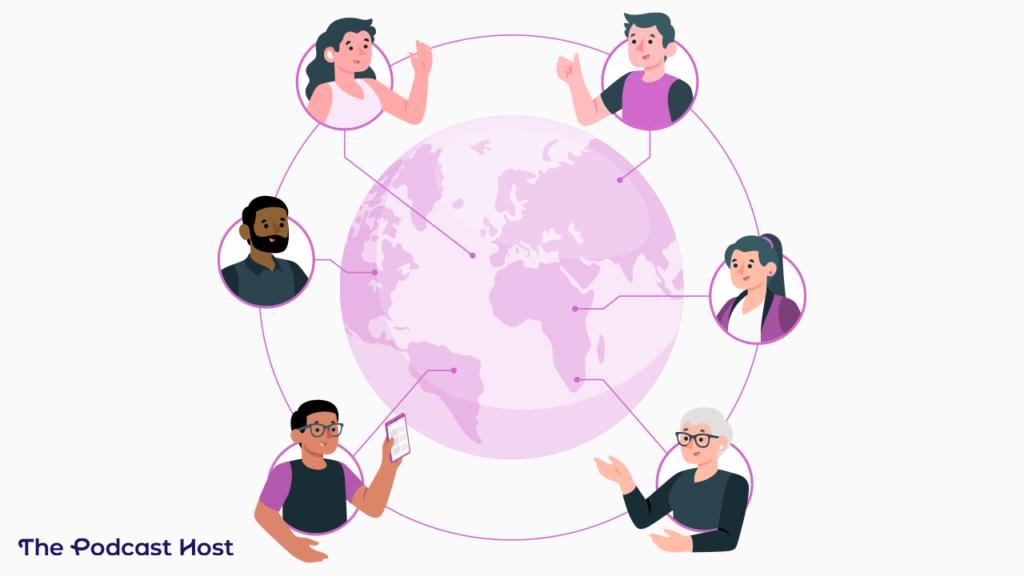
Navigating the Podcasting Community for Support and Collaboration
When embarking on your podcasting journey, one of the most valuable assets you can gain is a supportive community. The podcasting world is vast, filled with a myriad of voices, perspectives, and expertise. Engaging with fellow podcasters can provide you with not only inspiration but also practical tips to enhance your craft. Here are some effective ways to navigate the podcasting community for support and collaboration:
- Join Online Forums and Groups: Platforms like Facebook, Reddit, and even dedicated podcasting forums are goldmines for connecting with other creators. Participate actively by asking questions, sharing your insights, and contributing to discussions.
- Attend Podcasting Events: Whether online or in-person, events such as conventions and workshops offer fantastic networking opportunities. You can meet fellow podcasters, share experiences, and even collaborate on projects.
- Utilize Social Media: Twitter and Instagram are excellent channels for podcasters. Use relevant hashtags to find and connect with others. Engaging with their content can lead to fruitful collaborations and lasting friendships.
- Collaborate on Episodes: Consider guest appearances or cross-promotions with other podcasters. This not only expands your reach but also enriches your content through diverse voices and perspectives.
- Seek Mentorship: Don’t hesitate to reach out to experienced podcasters for guidance. Most are more than willing to share their knowledge and help newcomers find their footing.
Building relationships within the podcasting community goes beyond just seeking help; it’s about creating a network of support that you can rely on as you grow. Here’s a quick breakdown of the benefits of engaging with others in your field:
| Benefit | Description |
|---|---|
| Knowledge Sharing | Gain insights and tips from those who have been in the industry longer. |
| Emotional Support | Receive encouragement and advice during challenging times. |
| Collaboration Opportunities | Work on joint projects that can enhance your reach and content. |
| Resource Access | Discover tools, platforms, and strategies that can boost your podcast. |
As you connect with others, be genuine in your interactions. Show appreciation for the work that others are doing, and don’t shy away from sharing your own successes and challenges. Authenticity goes a long way in building trust and rapport within the community.
Remember that everyone started somewhere, and being part of a community means lifting each other up. Celebrate the successes of your peers, offer constructive feedback, and be willing to learn from those around you. The podcasting community is a reflection of the diversity of stories and experiences, and your unique voice adds to this rich tapestry.
always keep an open mind. The podcasting landscape is ever-evolving, and new trends and technologies emerge regularly. Engaging with a dynamic community helps you stay ahead of the curve and adapt to changes that can impact your podcasting journey.
Frequently Asked Questions (FAQ)
Certainly! Here’s a Q&A format for an article titled “How to Start a Podcast in 2023: A 9-Step Beginner’s Guide” with a conversational and persuasive tone.
Q: Why should I start a podcast in 2023?
A: Great question! Podcasting is booming right now, and it’s a fantastic way to connect with an audience. Whether you want to share your passion, build a brand, or engage in meaningful conversations, starting a podcast can help you reach people from all around the world. Plus, with the rise of mobile listening, more folks are tuning in than ever before. So why not jump in and share your voice?
Q: What’s the first step I should take?
A: The first step is all about finding your niche. Ask yourself, “What am I passionate about?” or “What do I want to share with others?” Your niche should be something you’re excited to talk about consistently. Once you’ve got that, you’ll have a solid foundation to build your podcast on!
Q: Do I need expensive equipment to start?
A: Not at all! While having quality equipment can enhance your sound, you don’t need to break the bank. Many successful podcasters start with a decent USB microphone and basic editing software—both of which are budget-friendly. As you grow and gain listeners, you can invest in more professional gear.
Q: How do I create engaging content?
A: Engaging content comes down to storytelling and authenticity. Think about what your audience would love to hear. Create a mix of topics, invite guests, and incorporate listener feedback. Remember, it’s all about building a connection with your audience; they’ll appreciate your genuine passion and insights.
Q: How long should my episodes be?
A: It really depends on your content and audience! Some listeners prefer short, snappy episodes of 15-20 minutes, while others enjoy deep dives lasting over an hour. A good rule of thumb is to keep your episodes as long as they need to be—no longer, no shorter. Just make sure to keep your listeners engaged throughout!
Q: What’s the best way to promote my podcast?
A: Promotion is key! Utilize social media platforms to share snippets of your episodes, encourage discussions, and engage with your listeners. Consider reaching out to similar podcasts for cross-promotion or guest appearances. Building a community around your podcast can significantly boost your reach.
Q: How do I get my podcast on platforms like Apple Podcasts or Spotify?
A: Getting your podcast on major platforms is easier than you might think! Once you’ve recorded your episodes, you’ll need to choose a podcast hosting service. They’ll help distribute your podcast to platforms like Apple Podcasts, Spotify, and more. Just follow their submission guidelines, and you’ll be live in no time!
Q: Is it essential to have a website for my podcast?
A: While not absolutely necessary, having a website can greatly enhance your podcast’s visibility and professionalism. It’s a great place to host show notes, merchandise, and links to your episodes. Plus, it gives your audience a place to connect with you and learn more about your content.
Q: What if I run out of ideas for episodes?
A: It happens to the best of us! To avoid running out of ideas, keep a running list of topics and listener suggestions. Engage with your audience to see what they’d love to hear next. You can also explore current events, trends, or even do themed episodes to keep things fresh!
Q: Any last tips for aspiring podcasters?
A: Just start! It’s easy to get caught up in perfectionism, but remember that the best way to learn is by doing. Embrace the journey, stay consistent, and have fun! Your voice matters, and there are people out there eager to hear what you have to say. So why wait? Get started today!
—
This Q&A format should provide a friendly and persuasive overview for readers interested in starting their own podcast in 2023.
Wrapping Up
Outro
So there you have it—your roadmap to launching a podcast in current_year! It might seem daunting at first, but remember, every big journey begins with a single step. By following these nine steps, you’re not just starting a podcast; you’re opening up a world of creativity, connection, and conversation.
Don’t overthink it! Grab that microphone, hit ‘record,’ and share your unique perspective with the world. You have stories to tell, ideas to share, and an audience waiting to hear from you. Plus, with each episode, you’ll learn and grow, making the process even more rewarding.
If you’ve found this guide helpful, why not share it with a friend who’s also thinking about starting a podcast? And don’t forget to check back for more tips and tricks as you continue on this exciting journey. Your voice matters—let it be heard! Happy podcasting!



